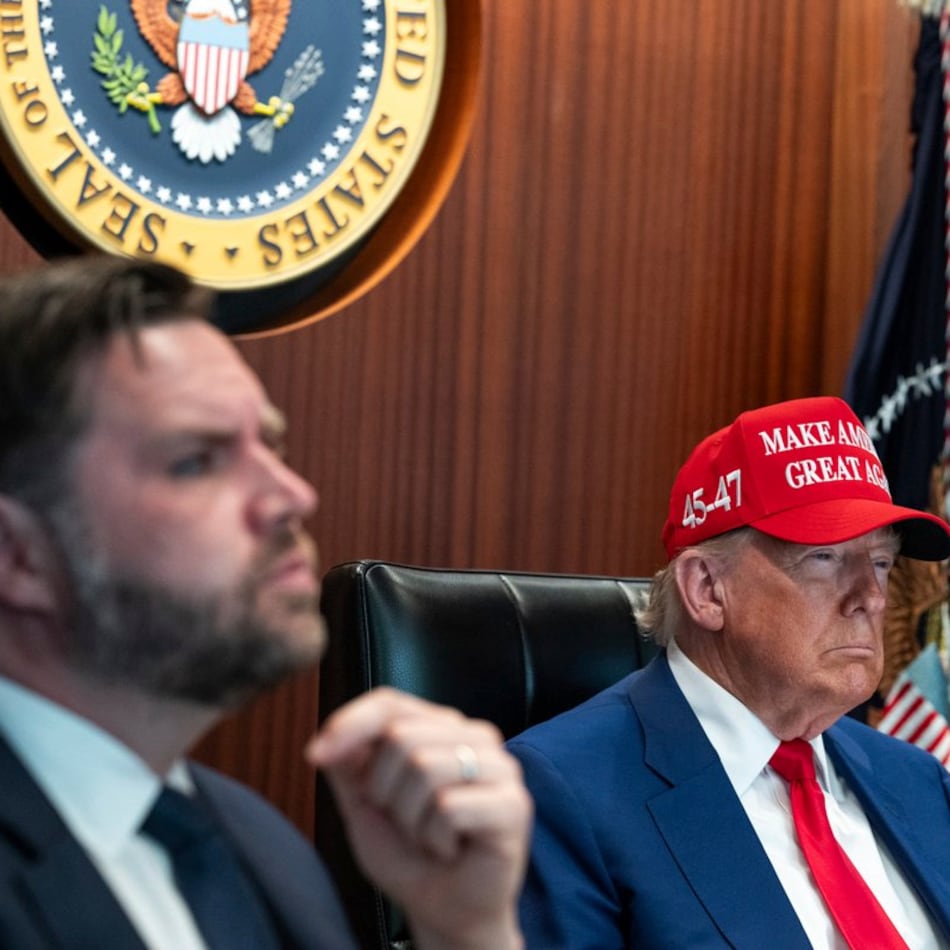The U.S government is currently running an unprecedented $1.3 trillion budget deficit. Regardless of the recent pronouncement from the deficit commission, there is no plan to do much in the way of addressing the deficit. President Barack Obama’s budget projections show the current level of spending continuing as far as the eye can see. The Republicans, who are about to control the House, have no interest in raising taxes.
Republicans continue to claim that the problem is out-of-control spending. They are calling for cancellation of the remaining stimulus spending and further cuts in federal spending. Democrats blame the deficit on President George W. Bush’s tax cuts. They want to increase income taxes at least on the high-income earners.
It is possible that they are both correct. Perhaps a little historical context can help us see what has truly transpired.
In January 2001, we were at the end of the Bill Clinton presidency. The budget had a $160 billion surplus, and the government had been split for six years between a Republican Congress and a Democratic president. We will soon have a similar split government. But can we expect to see a surplus any time soon? Not unless government makes big changes in the current budget.
So what has changed since Clinton’s term ended?
To examine this, I compared the current federal spending and tax receipts to those at the start of 2001. The latest figure for U.S. government spending in 2010, based on the pace of spending through the third quarter, is $3.75 trillion. At the start of 2001, federal spending was $1.94 trillion.
To be fair, we need to adjust the 2001 spending to account for inflation since then, which has amounted to about 23 percent, and for population growth, which has been 9.5 percent. So to spend the equivalent amount per person today would take $2.63 trillion. That means we are currently spending $1.12 trillion more per year than what we were spending at the end of the Clinton administration, even after adjusting for population and inflation.
On the revenue side, the latest 2010 number is $2.42 trillion. The 2001 number was $2.10 trillion. When I adjust the 2001 revenue for inflation and population growth, the equivalent revenue today would be $2.84 trillion. Thus, revenue is $420 billion lower today than it was in 2001 once we make the adjustments for inflation and population.
So in comparing the changes to revenues and expenditures, we find that federal government revenues have dropped by 15 percent since 2001 on a constant dollar, per capita basis (with half the drop due to the just-ended recession and half having occurred before the recession). Meanwhile, federal spending has increased by an astonishing 43 percent over the same period, again after the adjustments for inflation and population growth.
These numbers suggest that the deficit has been caused much more by out-of-control spending than by a shortage of tax revenues.
So for a start, Congress should reduce spending to an amount equivalent to the end of President Clinton’s term adjusted for inflation and population growth. That would shrink the current federal deficit to a fairly manageable $230 billion.
The tax receipt data from 2007 suggest that as we continue to recover from the recession, tax revenues should rise by about $200 billion without needing to raise taxes. That would balance the budget.
Returning government spending to the equivalent of 2001 levels would be difficult politically. Both bureaucrats and politicians will protect their favorite programs. But it would balance the budget.
Jeffrey Dorfman teaches economics at the University of Georgia.
About the Author
Keep Reading
The Latest
Featured

